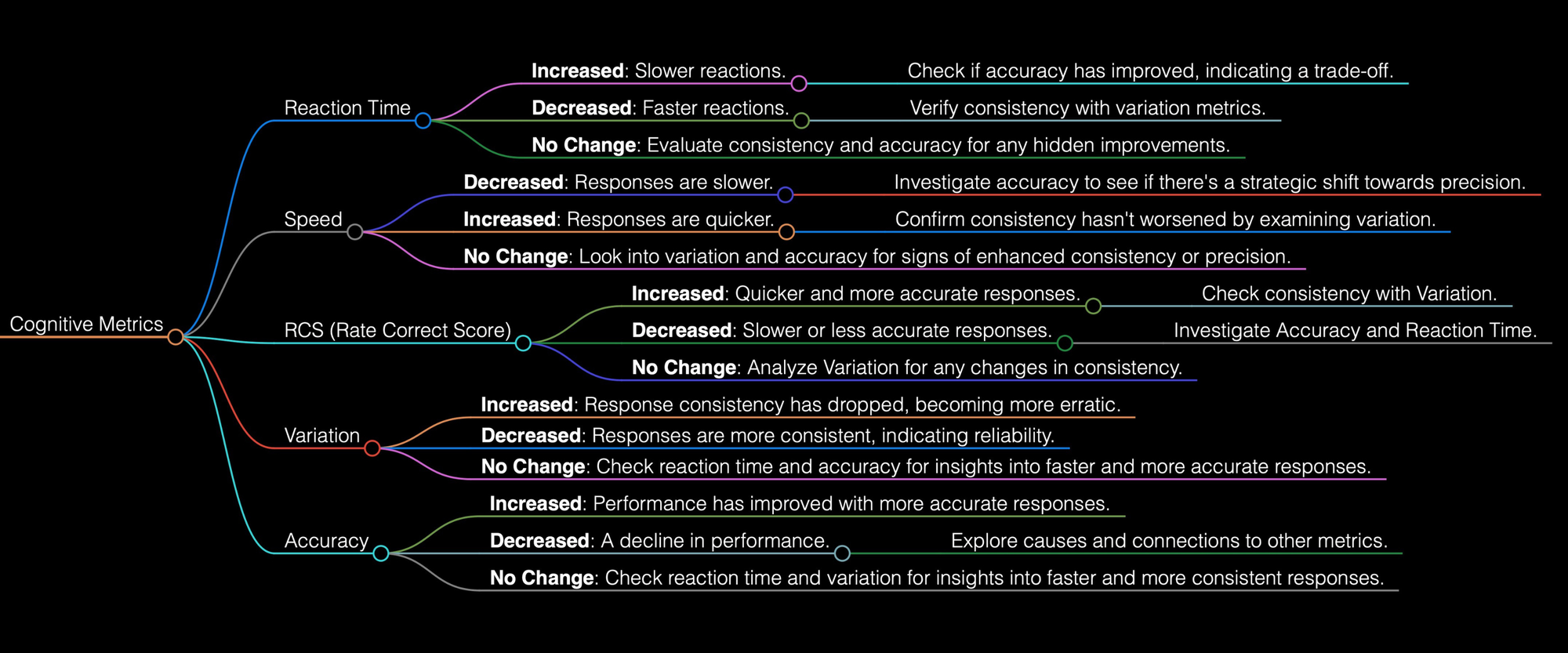The Pulse of Performance: Deciphering Reaction Time
Milliseconds can mean the difference between victory and defeat. Athletes and coaches alike obsess over the minutiae of performance metrics, seeking any advantage to edge out the competition.

Milliseconds can mean the difference between victory and defeat. Athletes and coaches alike obsess over the minutiae of performance metrics, seeking any advantage to edge out the competition. Among these metrics, reaction time emerges as a crucial measure of an athlete's ability to respond to stimuli with speed and precision. Yet, the analysis of reaction time extends far beyond the simplistic binary of fast versus slow. It involves a nuanced examination of an athlete's responsiveness, where the interplay between speed, accuracy, and consistency defines the pinnacle of athletic performance.
This blog delves into the intricacies of reaction time in sports, unpacking its complexities and shedding light on why a comprehensive approach to its analysis is critical.

Increased Reaction Time
When analyzing an athlete's reaction time, understanding the implications of any changes is crucial. If you notice an increase in reaction time (indicating slower responses), this isn't necessarily cause for concern. It's important to examine other performance metrics that may have improved. Athletes sometimes adopt a strategy where they slow down to enhance accuracy. If an improvement in accuracy accompanies the increased reaction time, it suggests a deliberate strategy to prioritize precision over speed. In such cases, the focus should shift to training the athlete to balance speed with accuracy, aiming for swift yet precise responses.
Decreased Reaction Time
A decrease in reaction time (indicating faster responses) is generally a positive sign, suggesting quicker information processing. However, this acceleration should be approached with caution. It's essential to verify that the increase in speed does not come at the expense of accuracy or consistency. If an athlete becomes faster but also more erratic, this represents a decline in performance, not an improvement. Ensuring that an increase in speed is accompanied by maintained or enhanced consistency is key to genuine performance development.
No Change in Reaction Time
Stability in an athlete's reaction time can also be a positive indicator, especially when other metrics show improvement. If an athlete's reaction time remains constant but their variability decreases, this points to increased consistency in their responses—a significant achievement. Moreover, maintaining this consistency alongside accuracy suggests that the athlete has achieved a stable and reliable performance level. This balance is essential for athletes aiming to excel in their respective sports, emphasizing the need for a comprehensive approach to performance analysis and improvement.
As you can see, changes in reaction time—whether an increase, decrease, or stability—carry nuanced implications for an athlete's development and strategy. The key lies not in the raw data of milliseconds but in the broader context of performance metrics and how they interweave to shape an athlete's competitive edge. By adopting a comprehensive approach to analyzing reaction time, you can identify real changes in performance.
🌐 Connect With Us
🌍 Soma Technologies: Engineered to enhance human performance.
📸 Instagram: Dive into our world through exclusive photos and stories.
👥 Facebook: Join our community for the latest updates and discussions.
📈 LinkedIn: Connect with us professionally and stay informed about industry news.
🎥 YouTube: Watch our latest videos, tutorials.
🐦 X: Follow us for instant updates, news, and engaging tweets.
